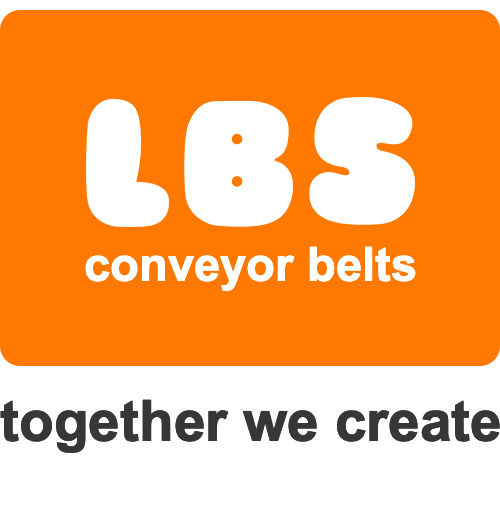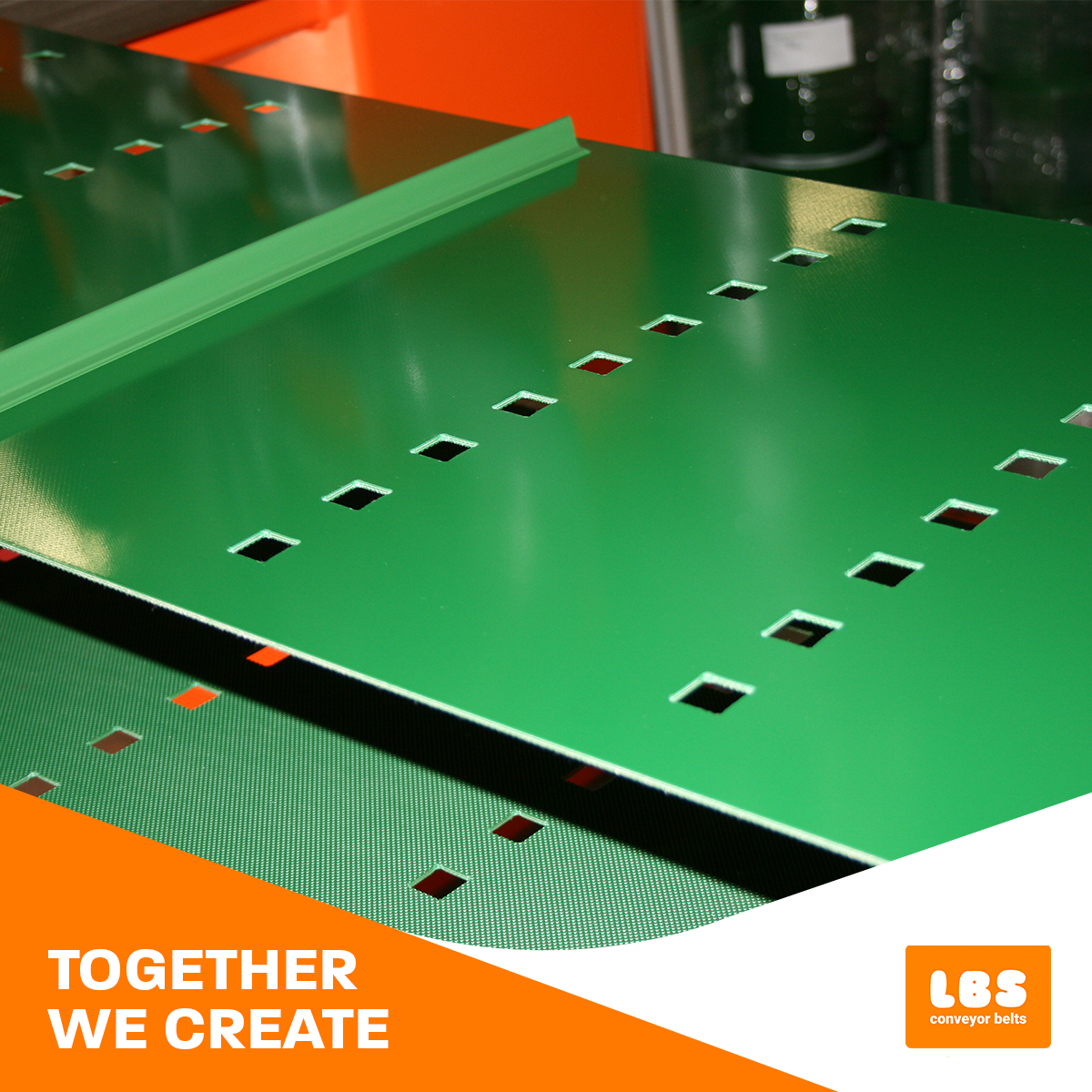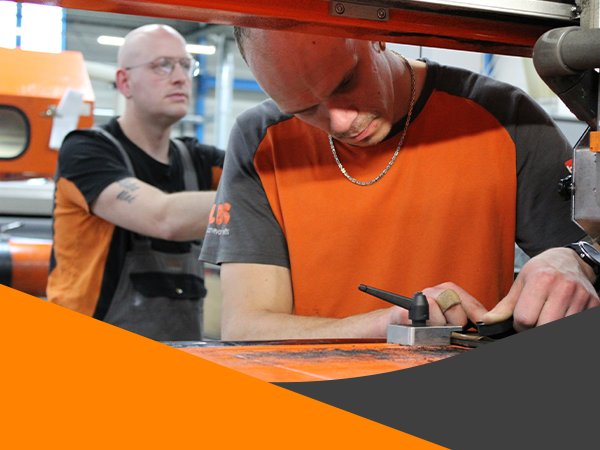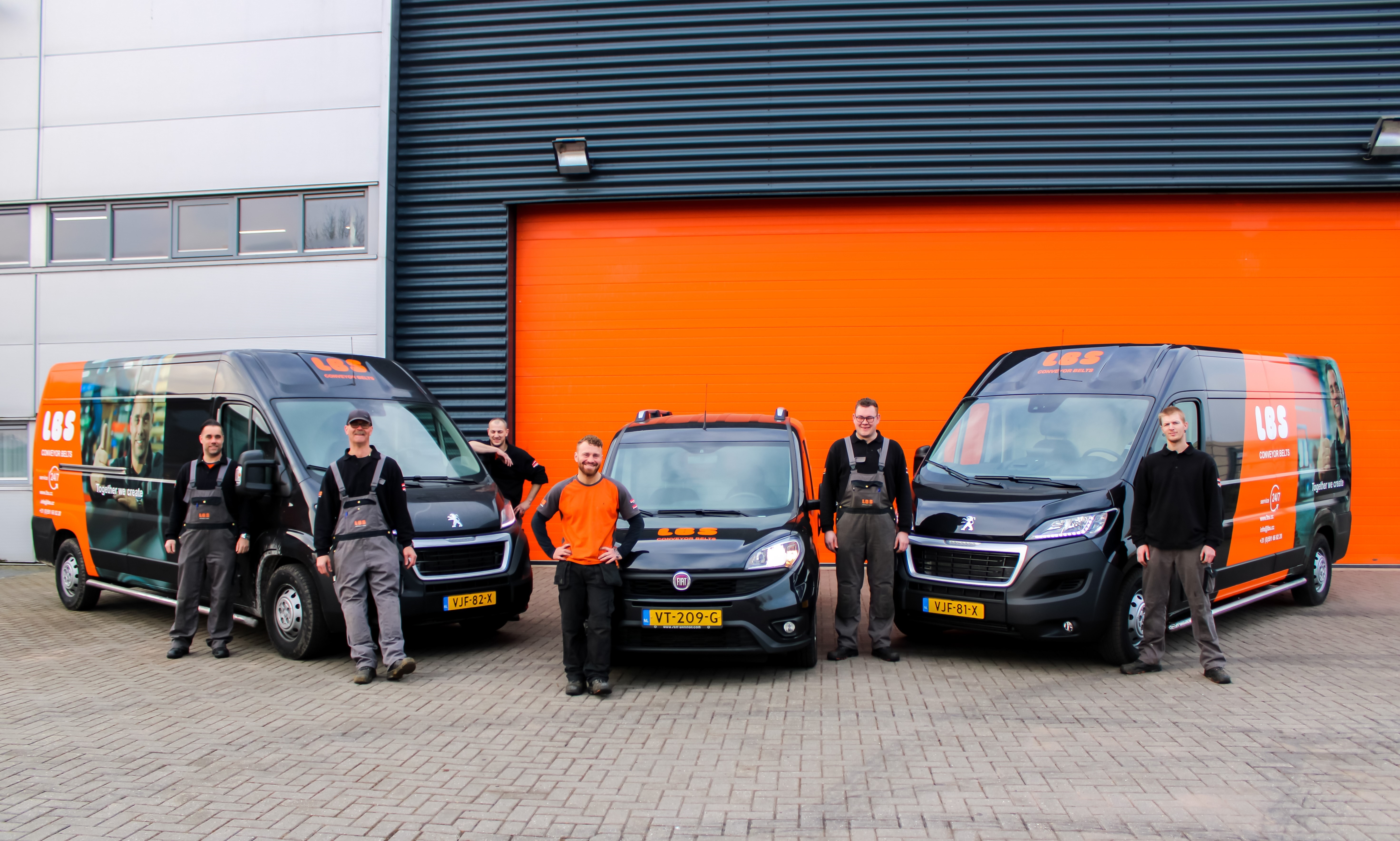Conveyor belts play a critical role in numerous production processes, enabling smooth and efficient transportation. However, when a conveyor belt runs crooked, it can have serious implications for production operations. Understanding the causes of conveyor belt misalignment is essential in addressing this issue effectively. These are some common causes.
Conveyor Belt Skew: Causes and Solutions
There are several different causes of conveyor belt misalignment. Some examples are:
- Technical Issues: Improper mounting, misalignment, or incorrect tensioning of the conveyor belt.
- Uneven Weight Distribution: Excessive or unevenly distributed weight on the conveyor belt.
- Vibration: Some conveyor belts are susceptible to vibration, leading to misalignment.
The consequences of conveyor belt misalignment can be severe, including product deformation, damage, or even product loss. Additionally, it can result in increased maintenance costs and reduced production capacity, negatively impacting profitability.
Detecting Conveyor Belt Misalignment
There are various methods to identify misalignment. Visual inspection allows you to observe the running direction and tension of the belt. Incorrect tension levels can indicate potential misalignment. Monitoring the belt speed is also crucial, as excessively high or low speeds can contribute to misalignment.
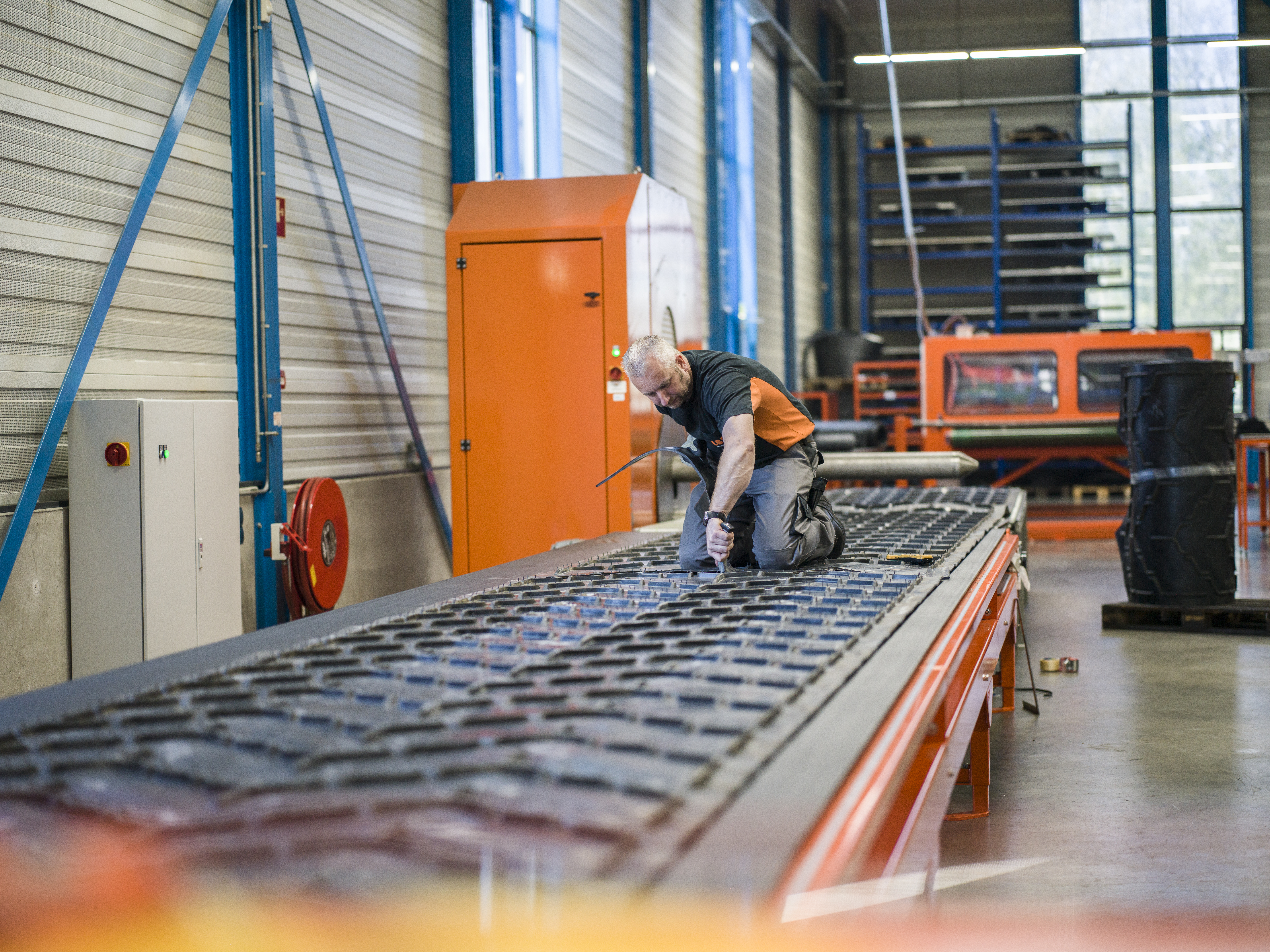
Addressing Misalignment with Steering
Installing guide rails alongside the conveyor belt or utilizing guiding rollers located at the ends of the conveyor can effectively adjust its direction. By adjusting the position of the guiding rollers, you can steer the conveyor belt and rectify misalignment issues.
Preventing Misalignment
Prevention is key to avoiding misalignment problems. Opting for high-quality conveyor belts and components, along with regular inspections and maintenance, can significantly reduce the risk. Proper adjustment and control further ensure efficient and trouble-free production processes. At LBS, we provide reliable and durable conveyor belts, offering expert advice on their assembly and loading for optimal performance.
Experiencing Crooked Conveyor Belt Issues? If you have any questions regarding conveyor belt misalignment or any other inquiries related to conveyor belts, please don’t hesitate giving us a call, our team of specialists is ready to assist you.
